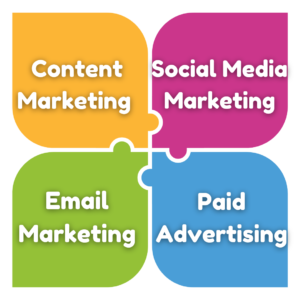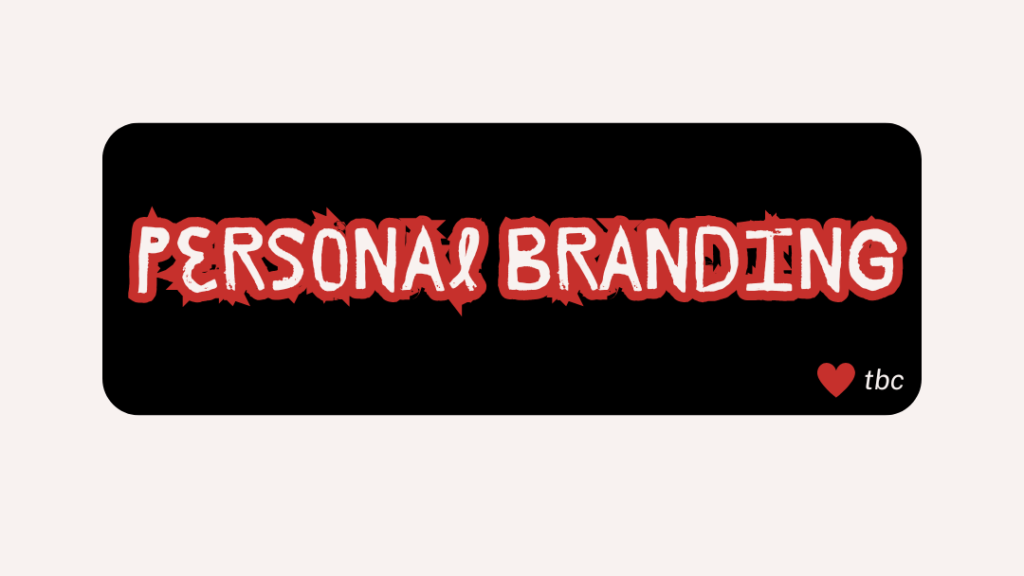E-book are a nice way to express your expertise in order to spread it to more people and start making some sort of passive income with a digital product. To become a creator, in case you have some sort of expertise in your area of interest, then e-books are quite a cool opportunity to start monetising the audience.
So here is how to do this step by step:
1. Find your target audience and the profitable topic of your e-book:
Understand who your target audience is. Identify the people that your E-Book will benefit from and what they are interested in. Do market research by identifying the gap in the existing literature to choose a topic that suits your skills and audience needs.
2. Plan and outline your E Book
Make a detailed outline that is going to arrange your ideas, thus leading you to write clearly so that your information will follow a logical train of thought. Divide the content into chapters or sections regarding one aspect of your topic.
3. Quality Content
Be clear and worthwhile in your writing. You can work with content you already wrote; this may be from blog posts or articles.
4. Edit and Proofread
With a draft completed, review your work for coherence and grammar and spelling errors. There is no edit that can come close to unprofessionalism when credibility is your goal. Hiring a professional editor or using online editing tools ensures high-quality writing.
5. Design and format your eBook
A well-crafted design uplifts the readership. We suggest a structure and cover through Canva or Visme, for example. Ensure that it is formatted properly for all kinds of devices, and offer a suitable file format according to your chosen distribution channels, such as PDF or EPUB.
6. Publish Your E Book
You have a range of options from which to select a publishing platform for your eBook. You may pick any one of these:
Amazon Kindle Direct Publishing (KDP): Reach millions of readers and can opt for either digital or print-on-demand.
Self-Publishing Platforms: You can sell eBooks directly to consumers through self-publishing platforms like Gumroad, Sellfy, or Payhip. In this way, you are in control of pricing and distribution.
7. Price It Competitively
Research other eBooks in your niche to find out what you can sell for. Consider the value you are offering, the readiness of your audience to pay, and your revenue goals.
8. Marketing Plan

Market your eBook through channels such as:
Social Media: Share interesting content related to your eBook so that people get interested to read it.
Email Marketing: Build an email list to keep your subscribers updated about the launch of your eBook and any subsequent releases.
Content Marketing: Write blog posts or articles that expand on your eBook. This will generate interest and drive traffic.
Paid Advertising: Use sites like Facebook Ads or Amazon Ads to reach a wider audience.
Track Sales and Gather Feedback
monitor your sales and collect feedback from readers as to what’s working and what’s not. This information helps refine marketing tactics and informs subsequent projects.
This will be the procedure to write and sell an E-Book, knowing it will be tough to write but worth it in the end.
Read our other blogs to learn more about the creator economy or selling your first digital products


